Greek mythology, a rich tapestry of tales and legends, has been a cornerstone of cultural and literary inspiration for centuries. Its influence permeates modern culture, from literature to cinema, shaping our understanding of narrative and the archetypes within. Central to this mythological universe is the Cyclops, a captivating figure known for its distinctive single eye and immense stature. The Cyclops, originating from ancient Greek lore, holds a unique place in these myths, often portrayed as formidable yet misunderstood giants. Their tales, steeped in mystery and intrigue, have transcended time, offering a window into the ancient world’s imagination and its interpretation of the unknown. The role of Cyclops in Greek myths, from their interactions with gods to their memorable encounter with Odysseus, is not just a story of mythic creatures but a reflection of the human condition and the eternal quest for understanding the unfathomable.
| Origin | Greek Mythology |
| Classification | Mythical Creature |
| Appearance | Gigantic humanoid with a single eye in the middle of the forehead |
| Abilities | Known for their strength and craftsmanship |
| Habitat | Often associated with remote and isolated places |
| Notable Cyclopes | Polyphemus (Encountered by Odysseus), Cyclops in the service of Hephaestus (God of Smithing) |
| Associated with | Encounters with Greek heroes, Odysseus’ adventure in the Cyclops’ cave, Craftsmanship, Smithing |
1. Historical Context and Mythological Origins
The Genesis of the Cyclops in Ancient Texts
The Cyclops, a symbol of awe and mystery in Greek mythology, first emerged in the literary landscape through ancient texts. Homer’s “Odyssey,” a masterpiece of classical literature, introduces the Cyclops as formidable beings, particularly through the character of Polyphemus, whose encounter with Odysseus remains one of the most iconic episodes in mythological storytelling. This portrayal reflects a blend of fear and fascination with the unknown, characteristic of ancient Greek narratives.
The Cyclops in Hesiod’s Theogony
In contrast to Homer’s depiction, Hesiod’s “Theogony” presents the Cyclops in a different light. Here, they are the sons of Uranus and Gaia, embodying a more divine and less fearsome nature. This variation in portrayal underscores the fluidity and depth of Greek mythology, where a single entity can embody multiple aspects across different narratives.
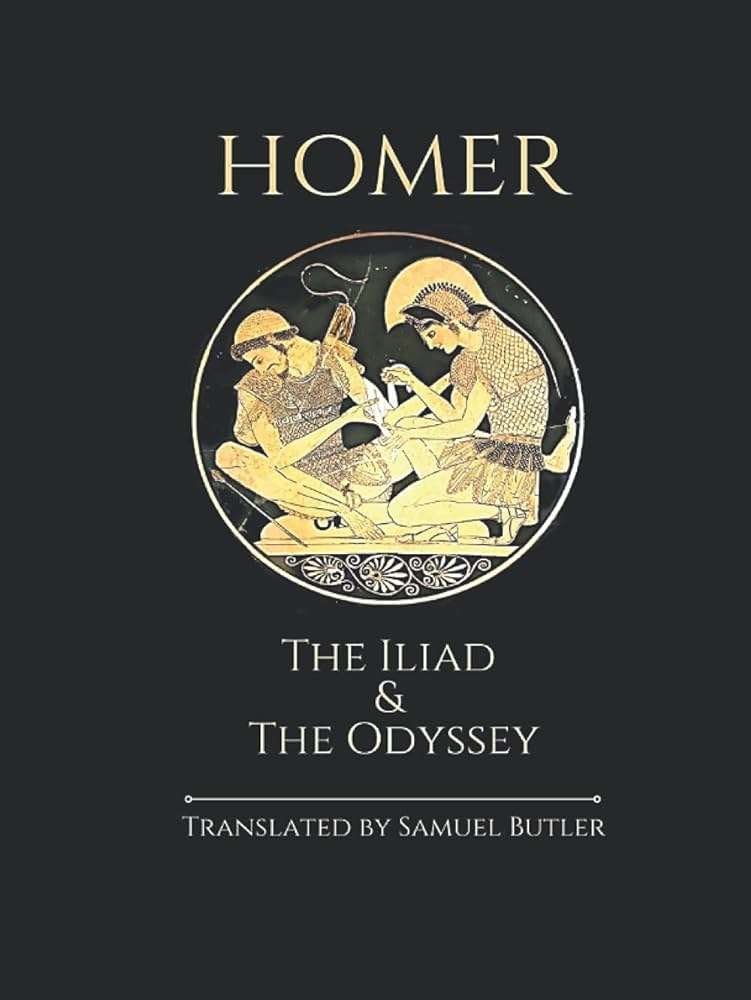
Interpretations and Theories
The Cyclops myth has been subject to various interpretations and scholarly theories over the centuries. Some view the Cyclops as a representation of primitive societies, contrasting the civilized world of the ancient Greeks. Others interpret their single eye as a symbol of singular focus or a metaphor for a different way of seeing the world. Modern interpretations often explore the Cyclops’ narrative through the lens of psychoanalysis or as allegories of natural phenomena. Each interpretation adds a layer of understanding, enriching our perception of these mythical giants.
2. Detailed Description of Cyclops
Physical Characteristics
The Cyclops stands out in Greek mythology due to their unique physical attributes. Predominantly, their most striking feature is the single eye located centrally on their forehead, a characteristic that has become synonymous with their identity. Alongside this, their immense size and strength are often emphasized, portraying them as towering figures of formidable power. These physical traits not only distinguish the Cyclops in the realm of myth but also symbolize their distinctiveness in the ancient world’s imaginary landscape.
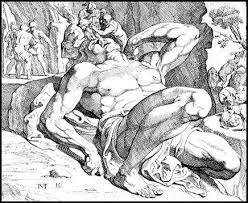
Habitat
According to mythological accounts, particularly in Homer’s “Odyssey,” the Cyclops were often associated with specific locales, the most notable being the island of Sicily. This association with rugged, remote landscapes reflects the ancients’ perception of the Cyclops as beings on the fringes of the civilized world, dwelling in areas far removed from human societies. Such settings in the narratives served to enhance the mystique and otherworldly nature of these creatures.
Behavior and Characteristics
The Cyclops are depicted with varying characteristics and behaviors across different myths. In some tales, they are seen as solitary, almost hermit-like beings, leading a pastoral lifestyle away from the influence of gods and men. Their interactions with gods and humans, as depicted in tales like their encounter with Odysseus, often highlight their raw power and primal nature. However, these interactions also reveal complex characteristics, such as intelligence, emotions, and a sense of social structure within their own kind. This multifaceted portrayal provides a deeper insight into the Cyclops’ place in Greek mythology, depicting them as more than just monstrous figures.
3. The Cyclops in Epic Tales
The Iconic Encounter in Homer’s “Odyssey”
One of the most famous depictions of the Cyclops is in Homer’s “Odyssey,” where Odysseus and his men encounter Polyphemus, a Cyclops. This narrative is not only thrilling but rich in symbolic depth. The encounter is a pivotal moment in the Odyssey, highlighting themes of intelligence over brute force, as Odysseus must rely on his wits to overcome the physically superior Cyclops. The episode also serves as a critical reflection on the concepts of hospitality and revenge within ancient Greek culture.
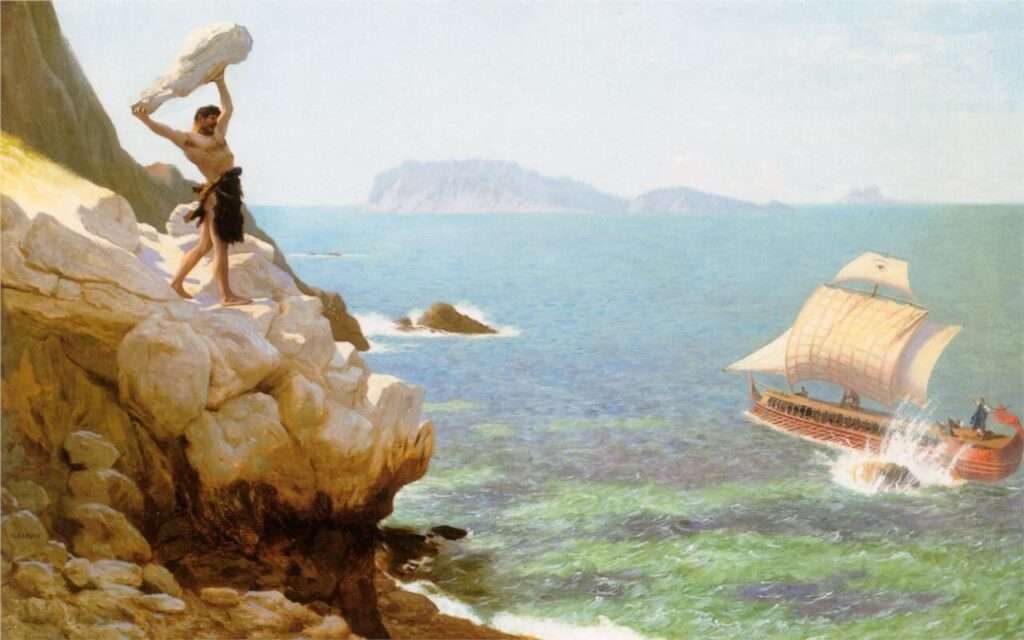
Symbolic Significance of the Cyclops in the Odyssey
The Cyclops in the Odyssey symbolizes more than just a fearsome adversary. Polyphemus represents the antithesis of Greek ideals – uncivilized, isolated, and barbaric. This contrast serves to underscore the virtues of Greek society and the perils of the unknown. Additionally, the single eye of the Cyclops has been interpreted symbolically, representing a limited perspective in contrast to the multifaceted wisdom of Odysseus.
Cyclops in Other Epic Tales and Myths
Beyond the Odyssey, Cyclops appear in various other Greek myths and tales. Their portrayal in these stories often varies, reflecting the diverse nature of Greek mythology. Some tales depict them as more benign creatures, while others continue to portray them as formidable and fearsome. These appearances across multiple narratives reinforce the Cyclops’ integral role in Greek mythological tradition and its enduring impact on subsequent cultural and literary works.
4. Cyclops Beyond Greek Mythology
The Cyclops in Contemporary Literature and Media
The Cyclops, transcending its mythological roots, has become a recurring motif in modern literature and media. This section will explore how contemporary authors and filmmakers have drawn inspiration from the Cyclops myth, integrating it into novels, movies, and other forms of storytelling. These adaptations often reimagine the Cyclops, sometimes retaining its traditional characteristics, while at other times, presenting it in an entirely new light. This part of the article will highlight key examples of such adaptations, illustrating the Cyclops’ enduring appeal and versatility as a mythological figure.
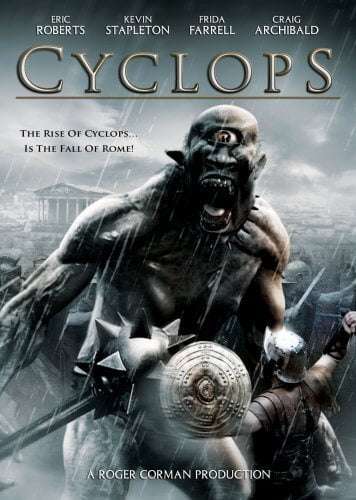
Cyclops
Beyond its Greek origins, the Cyclops has been interpreted and symbolized differently in various cultures. This segment will delve into how different societies have perceived the Cyclops, analyzing the cultural and symbolic meanings attached to this mythical figure. Whether seen as a representation of a natural phenomenon, a metaphor for societal fears, or a symbol of unique perspective, the Cyclops continues to be a subject of fascination and interpretation globally.
The Cyclops in Popular Culture
The modern portrayal of the Cyclops in popular culture often reflects contemporary values and themes. This part will examine how the Cyclops has been adapted in recent times, including its appearances in fantasy genres, children’s literature, and pop culture references. The focus will be on how these reimaginings serve to either preserve the traditional essence of the Cyclops myth or to provide a fresh perspective that resonates with today’s audiences.
5. Cyclops in Archaeological and Scholarly Research
Unearthing the Past
In this part of the article, we will delve into the archaeological discoveries that have been linked to the Cyclops myth. This includes the exploration of ancient sites and artifacts that have provided insights into how the Cyclops were perceived and represented in ancient Greek society. We’ll examine specific findings, such as large skeletal remains or artifacts, that might have inspired the legends of these one-eyed giants, offering a tangible connection between myth and historical realities.
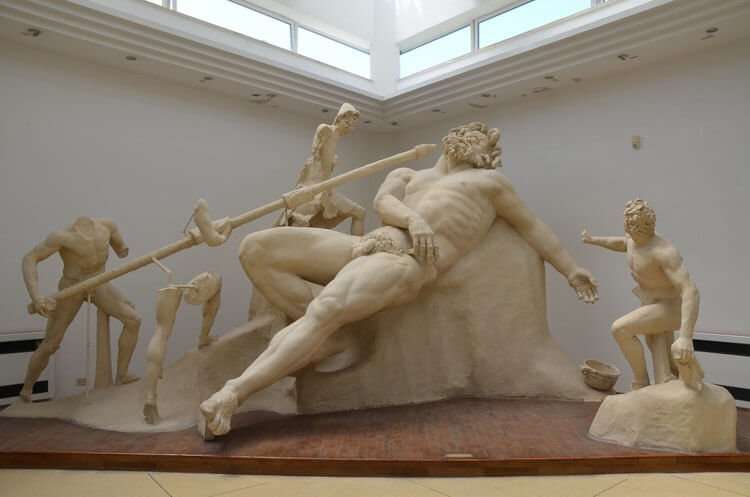
Scholarly Interpretations
Scholarly interpretations play a crucial role in demystifying the Cyclops myth. This segment will focus on the academic analysis of the Cyclops legend, discussing how historians and mythologists have interpreted these myths over time. This includes exploring various theories that aim to explain the Cyclops’ origins in Greek mythology, ranging from symbolic representations to reflections of historical events or natural phenomena.
Theories on Real-Life Inspirations for Cyclops Myths
One intriguing aspect of the Cyclops myth is the speculation about its possible basis in reality. Scholars have proposed several theories, such as the discovery of large animal skulls with a central nasal cavity that ancient Greeks might have mistaken for a single eye socket. Other theories suggest that the Cyclops myth could be a cultural memory of encounters with ancient tribes or peoples who seemed ‘giant-like’ to the Greeks. This section will explore these theories, weighing their plausibility and impact on our understanding of the Cyclops legend.
6. Conclusion
In our exploration of the Cyclops, we have journeyed through the rich tapestry of Greek mythology, unearthing key insights about this enigmatic creature. From its mythological origins in Homer’s “Odyssey” and Hesiod’s “Theogony” to its symbolic significance and diverse portrayals, the Cyclops has emerged as a figure that transcends the boundaries of ancient lore. Modern literature, media, and popular culture continue to draw inspiration from this one-eyed giant, reinterpreting it in various forms and contexts. Archaeological discoveries and scholarly research have further enriched our understanding, offering theories that connect the myth to historical and natural phenomena. The Cyclops’ enduring legacy in mythology and culture is a testament to its impact on human imagination and storytelling. It symbolizes our fascination with the unknown and our enduring desire to interpret and integrate the mythical into our understanding of the world.
